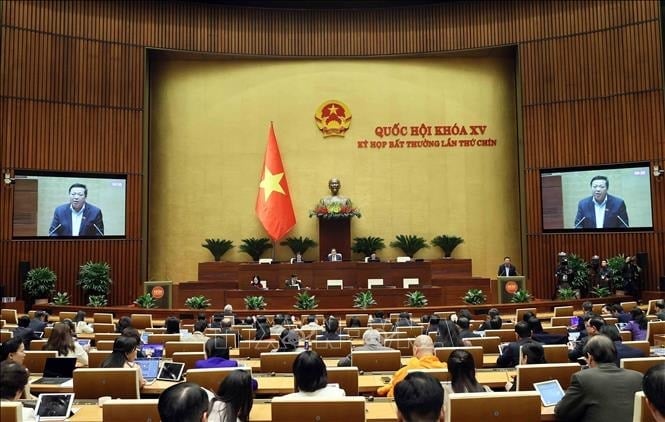
Continuing the program of the 9th Extraordinary Session, on the afternoon of February 13, the National Assembly listened to the presentation and report on the investment policy of the Lao Cai - Hanoi - Hai Phong Railway Construction Investment Project.
Presenting the report, Minister of Transport Tran Hong Minh said that the project aims to build a new, modern, synchronous railway line to meet the domestic and international transport needs between Vietnam and China; create an important driving force for rapid and sustainable socio-economic development, promote advantages on the Lao Cai - Hanoi - Hai Phong economic corridor, ensure effective connection of domestic and international railway networks, associated with ensuring national defense, security and international integration, environmental protection, response to climate change; promote the process of industrialization and modernization of the country.
The project starts at the rail connection point across the border between the new Lao Cai station and Ha Khau Bac station (China); ends at Lach Huyen wharf area, passing through 9 provinces and cities; the main line length is about 390.9 km and 3 branch lines are about 27.9 km.
The project investment scale is to build a new electrified railway line with a gauge of 1,435 mm, for the general transport of passengers and goods. The main line from Lao Cai Moi station to Nam Hai Phong station has a design speed of 160 km/h, the section through the Hanoi hub has a design speed of 120 km/h, the connecting sections and branch lines have a design speed of 80 km/h. Clearance of the main line is based on a double-track scale, and the immediate investment is based on a single-track scale.
The project uses centralized power train technology for passenger and freight trains; the information and signal systems are equivalent to those currently used on some railway lines transporting passengers and freight in the region.
The project route is studied and selected to ensure the shortest and straightest possible route, using 3 main types of structures on the route, ensuring compliance with the planning approved by competent authorities; limiting passage through sensitive areas of natural environment, society, and national defense land; limiting the volume of land clearance, ensuring convenient connection with railway lines in the Hanoi hub area and railways connecting to China.
The project is expected to have 18 stations, in addition to 13 technical stations. During the exploitation process, when the transportation demand increases, some technical stations will be researched and upgraded into mixed stations and additional stations will be invested when needed.
It is also planned to arrange 1 freight train depot at Yen Thuong station; 1 passenger train depot at Yen Vien; 2 locomotive and carriage preparation stations at the new Lao Cai station and Nam Hai Phong station. Preliminary total land use demand is about 2,632 hectares, the number of resettled people is about 19,136 people.
According to Minister Tran Hong Minh, the proposed form of investment for the project is public investment with a total preliminary investment of about VND203,231 billion (about USD8.369 billion). Proposed sources of capital for the project include the state budget; domestic capital, foreign capital (loans from the Chinese Government) and other legal sources of capital.
Summarizing the review of the project's investment policy, Chairman of the National Assembly's Economic Committee Vu Hong Thanh emphasized that the project meets the criteria for a national important project submitted to the National Assembly for consideration and decision on the investment policy. The project dossier meets the requirements of the Law on Public Investment.
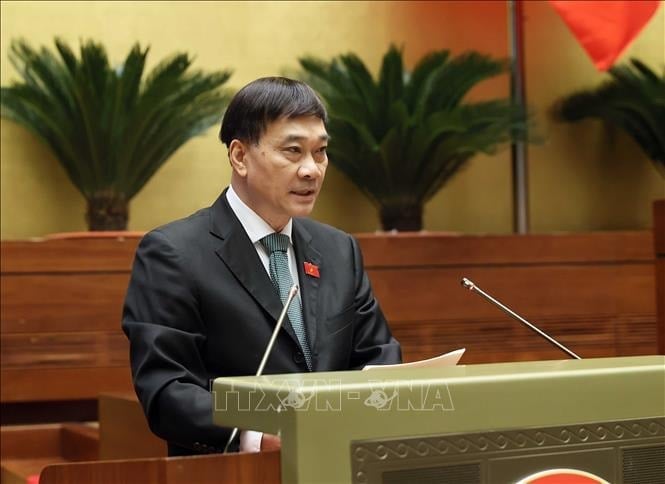
Agreeing on the necessity of project investment, however, the Chairman of the Economic Committee requested to clarify the project's suitability with the National Land Use Plan for the period 2021 - 2030, with a vision to 2050, and the allocation and zoning of land for the project in the provincial planning of the locality where the project passes.
The Economic Committee also proposed to evaluate the overall effectiveness of the railway projects planned for investment and carefully evaluate the financial plan, impacts during the operation and exploitation of the projects to minimize future risks; supplement the exploitation scenarios and solutions in case the existing railway line has to be stopped due to inefficiency.
According to the Chairman of the Economic Committee, the scale and total investment of the project are very large; the Government proposes to use domestic capital, foreign capital and other legal capital sources for the project, and at the same time proposes a number of specific and special mechanisms and policies. These specific and special mechanisms and policies have been allowed to be applied by the National Assembly in the past and have been considered and commented on by competent authorities. Therefore, the Government's proposal is well-founded.
"However, it is recommended that during the implementation process, it is necessary to comply with the principle of ensuring macroeconomic balance and national public debt safety," Mr. Vu Hong Thanh emphasized.
Also because the project is very large in scale, requires high technical requirements, is complicated and takes a long time, there will be potential risks as has happened to many key projects in the past, Mr. Vu Hong Thanh suggested careful research and solutions to ensure that similar situations do not occur.
Regarding the exclusion, exemption or reduction of responsibility for heads of agencies, units, cadres, civil servants and public employees participating in and implementing projects, according to the National Assembly's Economic Committee, this is an unprecedented policy, so if necessary, the Government needs to report and seek opinions from competent authorities before submitting to the National Assembly for consideration and decision.
Source: https://baohaiduong.vn/dau-tu-tuyen-duong-sat-lao-cai-ha-noi-hai-phong-can-bao-dam-an-toan-no-cong-405156.html





























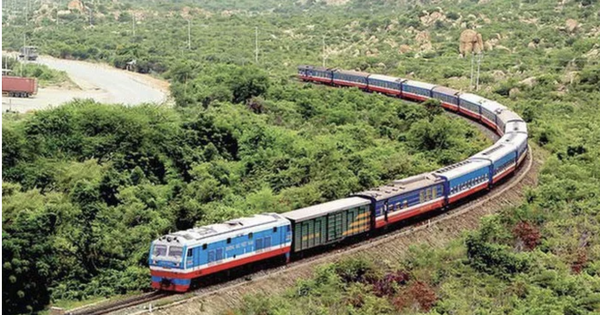

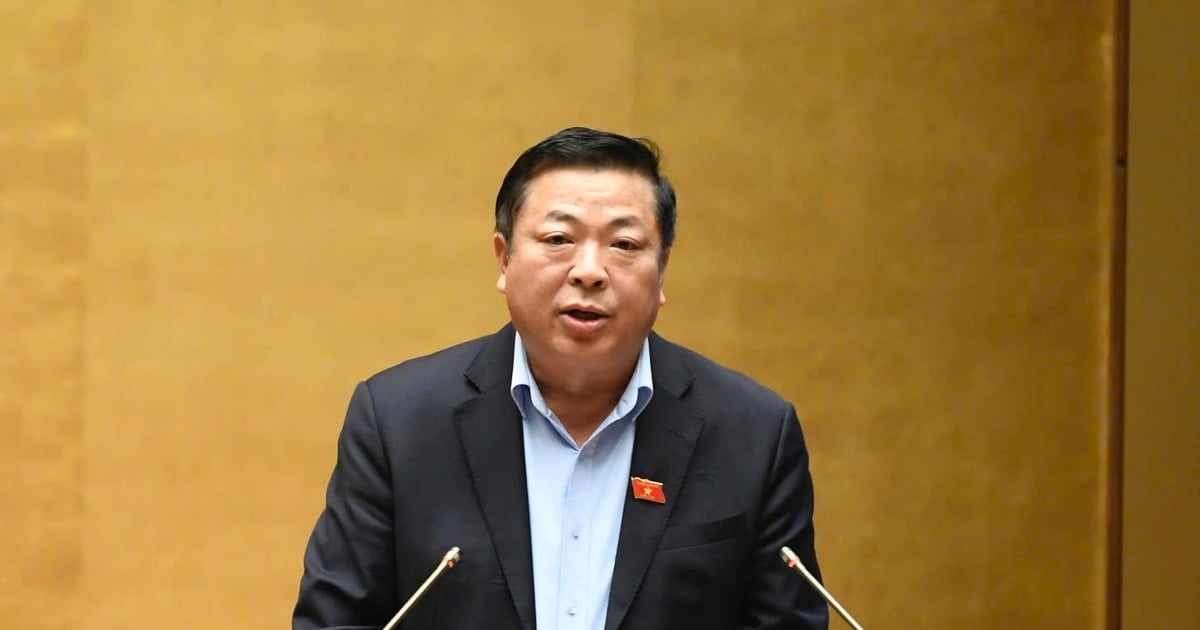

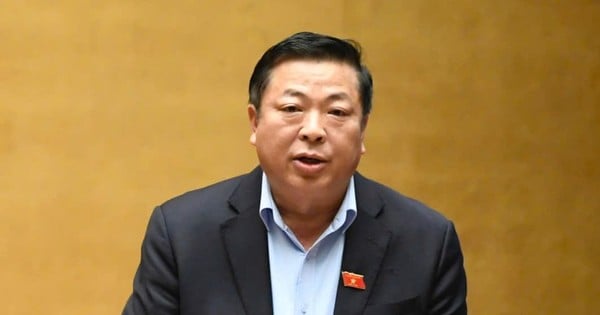

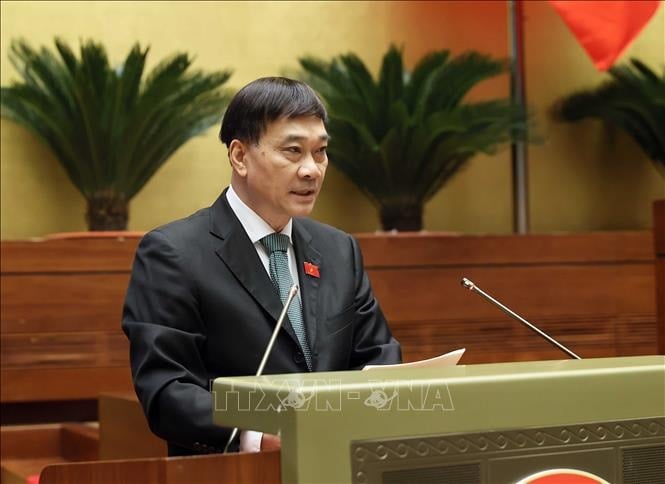
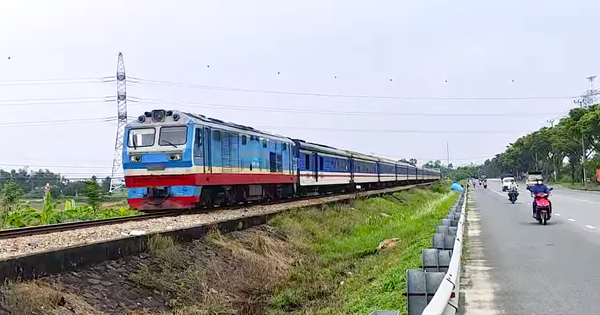

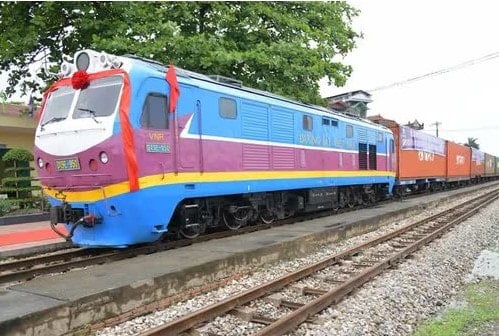


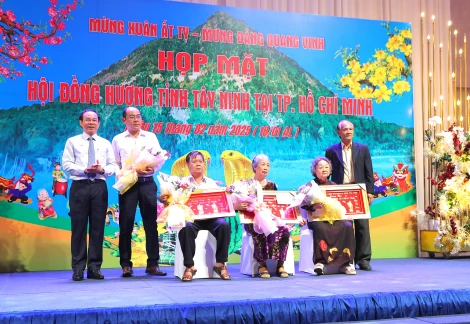

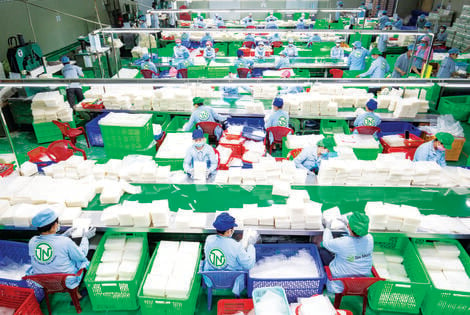
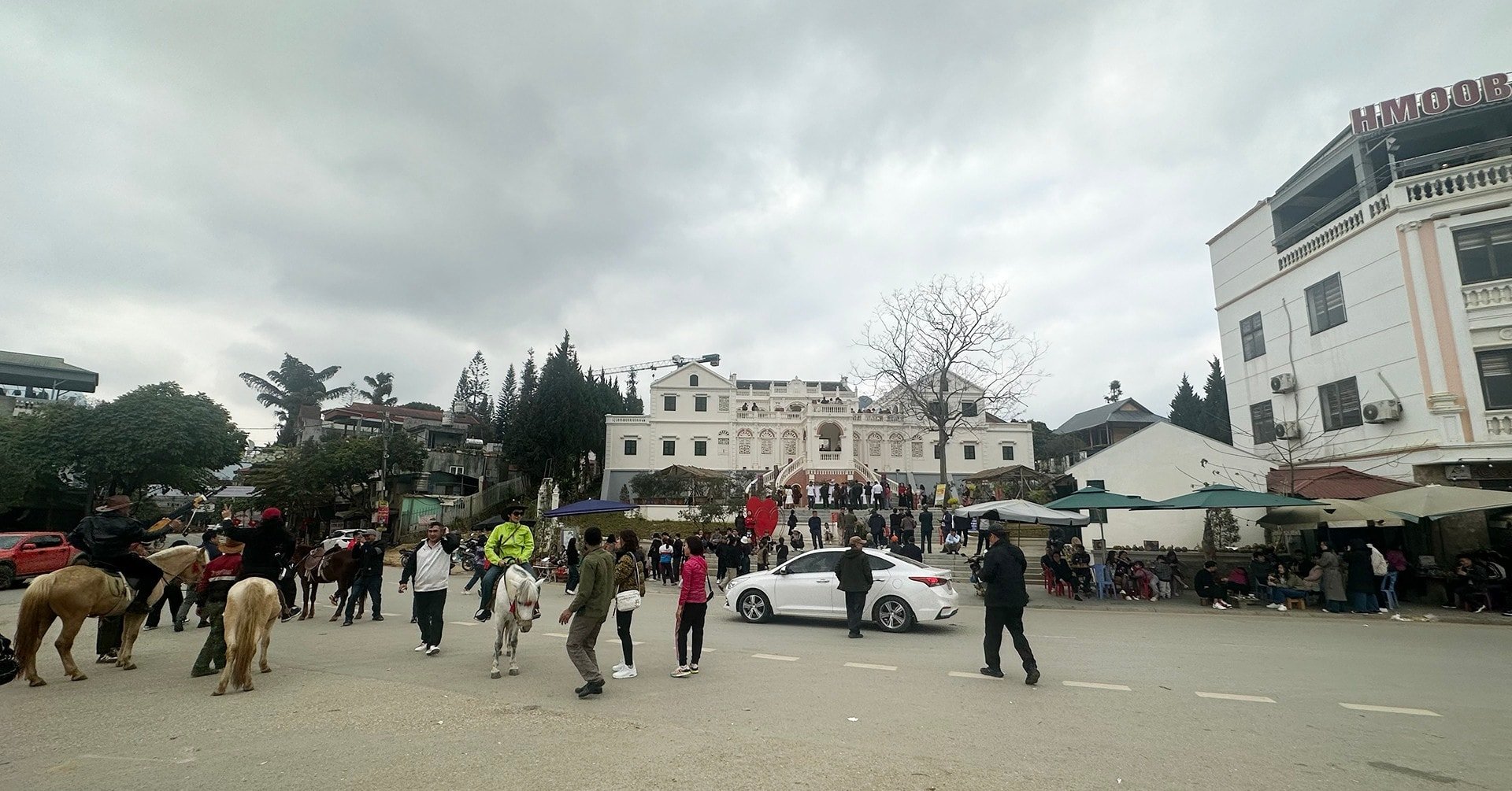
![Charming Vietnam [ Cat Tien National Park ]](https://vstatic.vietnam.vn/vietnam/resource/IMAGE/2025/2/12/c05c34322e4f4cac874e7f971dfaddca)
![Charming Vietnam [ Chau Doc ]](https://vstatic.vietnam.vn/vietnam/resource/IMAGE/2025/2/12/e96a46dceb5e41b1bcc3cf7dc6d54708)





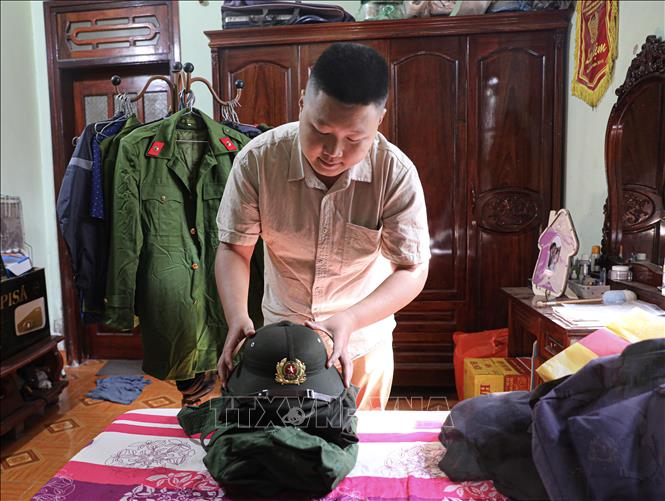







Comment (0)